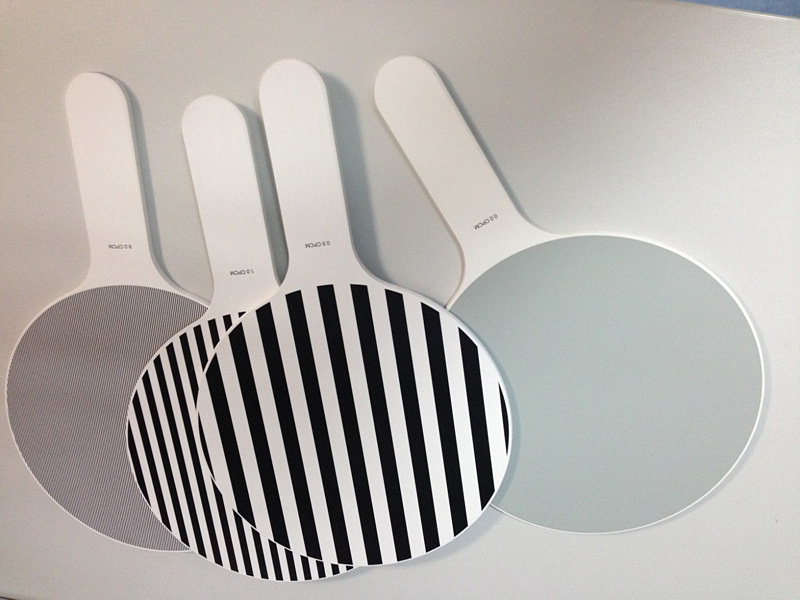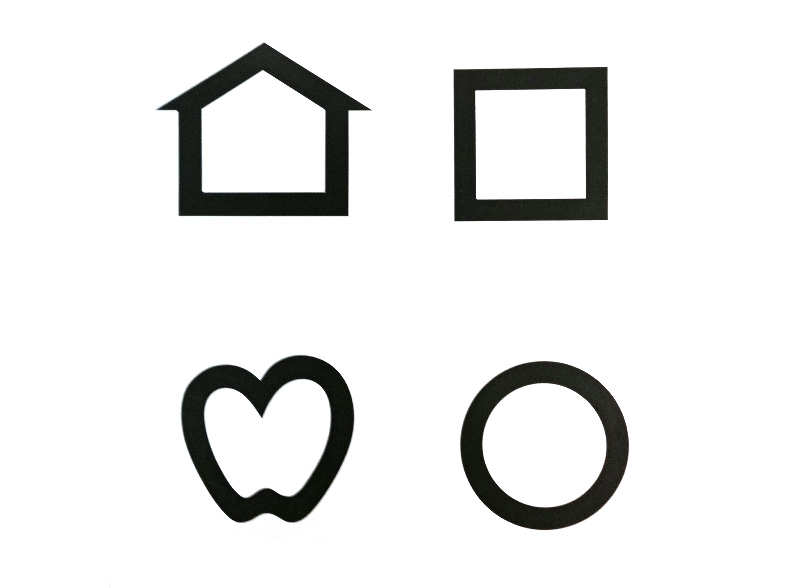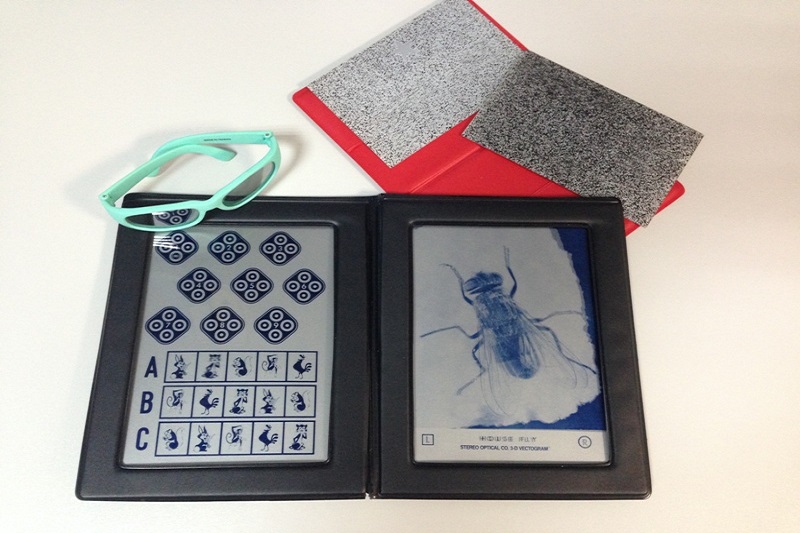Services
Svjetlost is the leading ophthalmology clinic in this part of Europe, offering complete ophthalmic services.

 For preschool children little symbols (Lea symbols) are used which are regulated by the same geometrical progression as characters for adults. In order to get more accurate resultsit is necessary to examine the child's ability to recognize the little symbols at near and far distance. The same tables of letters are used for school-age children and adults.
For preschool children little symbols (Lea symbols) are used which are regulated by the same geometrical progression as characters for adults. In order to get more accurate resultsit is necessary to examine the child's ability to recognize the little symbols at near and far distance. The same tables of letters are used for school-age children and adults. 
 The procedure of assessingthe objective refractionof the child is somewhat different than in adults because of strong adaptability (accommodation) of the children's eye that sometimes easily conceals even greater diopters. To exclude this adjustment, it is necessary to widen the pupil, which is achieved by putting in eyedropsseveral times, and the entire procedure takes about an hour. It is advisable to prepare children at home for the fact that drops will be putinto their eyes and that they will have a blurry visionafter the examination (lasting for a few hours to a full day). After the pupils have fully dilatedthe objective assessmentof the diopter is done - retinoscopy, extremely important for assessingpossible hidden diopters or other visual disturbances. Althoughthe cooperation of the child is necessary to determine visual acuity, objective diopter can be determined even for the smallest child because it does not require itscooperation.
The procedure of assessingthe objective refractionof the child is somewhat different than in adults because of strong adaptability (accommodation) of the children's eye that sometimes easily conceals even greater diopters. To exclude this adjustment, it is necessary to widen the pupil, which is achieved by putting in eyedropsseveral times, and the entire procedure takes about an hour. It is advisable to prepare children at home for the fact that drops will be putinto their eyes and that they will have a blurry visionafter the examination (lasting for a few hours to a full day). After the pupils have fully dilatedthe objective assessmentof the diopter is done - retinoscopy, extremely important for assessingpossible hidden diopters or other visual disturbances. Althoughthe cooperation of the child is necessary to determine visual acuity, objective diopter can be determined even for the smallest child because it does not require itscooperation.  The anterior eyesegment is examined on a split lamp with a microscope to rule out signs of inflammation, allergies and any anatomical abnormalities. The examination of the the posterior eyesegment (retina) is done in order to thoroughly examine the eye.
The anterior eyesegment is examined on a split lamp with a microscope to rule out signs of inflammation, allergies and any anatomical abnormalities. The examination of the the posterior eyesegment (retina) is done in order to thoroughly examine the eye.